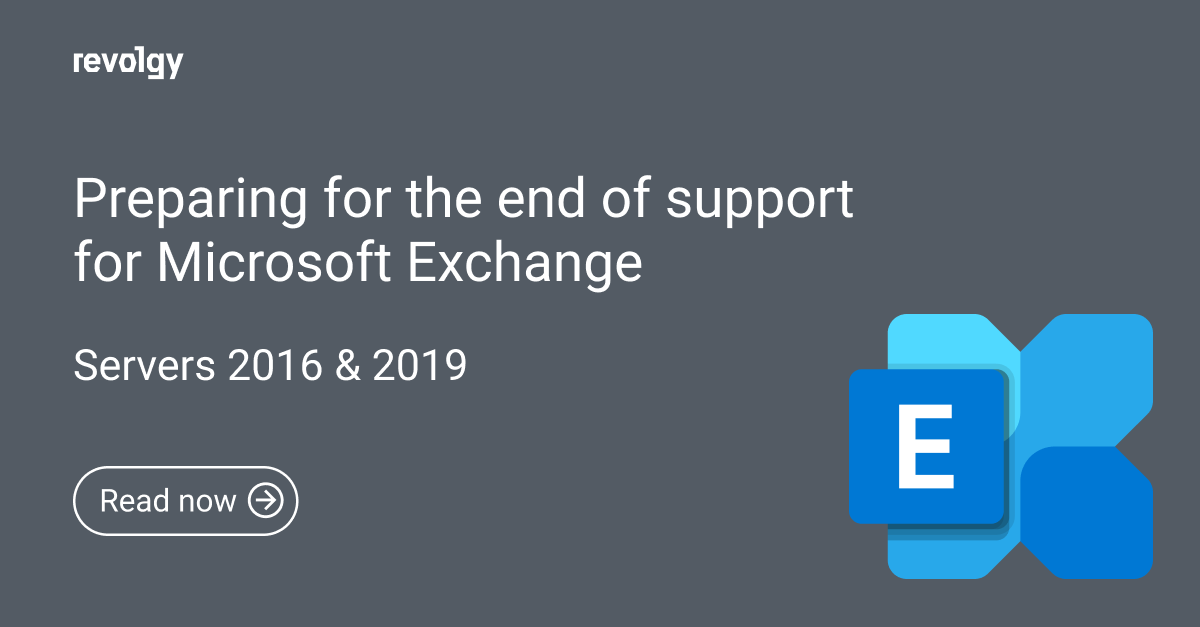
Spoiler: AI was everywhere Google Cloud Next wrapped up its 2025 event in Las Vegas, and there’s still a lot of excitement ...
Read more
Explore by tag
All Tags
Our top takeaways from Google Cloud Next 25
Spoiler: AI was everywhere Google Cloud Next wrapped up its 2025 event in Las Vegas, and there’s...
Revolgy named 2025 Google Cloud Country Partner of the Year for Central and Eastern Europe
Prague, Czechia — April 8, 2025 — Revolgy, a Premier Level Partner for Google Cloud across several...
Most popular
How to make Google Workspace work smarter with Google Apps Script
Let’s be honest, clicking through the same steps in Google Workspace every day gets old. Wouldn’t...
Google rolls out Gemini 2.5 Pro, now free for all users
Google just gave us something new to talk about: an experimental version of its latest model,...
How to turn off Gemini in Gmail
Gemini, Google’s AI assistant, is designed to change how you handle your email. It can write emails...
Managed SOC: Why DIY security is a risky gamble
You have probably read IBM’s “Cost of a data breach 2024” report. Or at least you’ve heard about...
10 cloud myths that are costing you time and money
Many companies hesitate to modernize because of misconceptions about cloud migration. Some believe...










